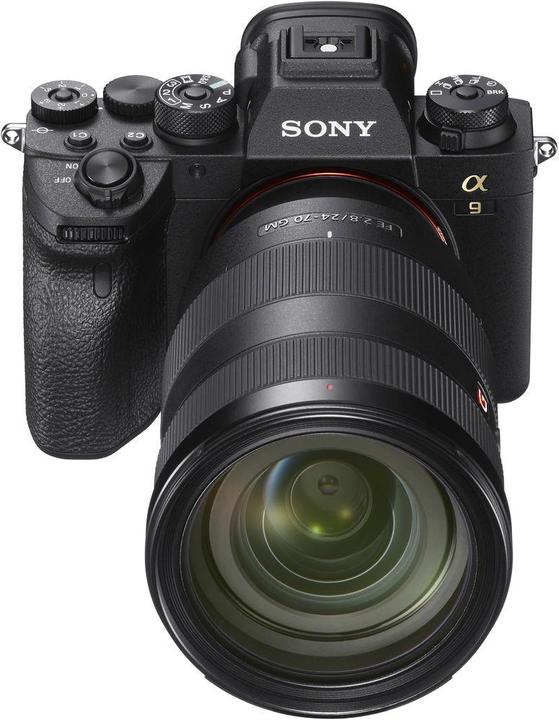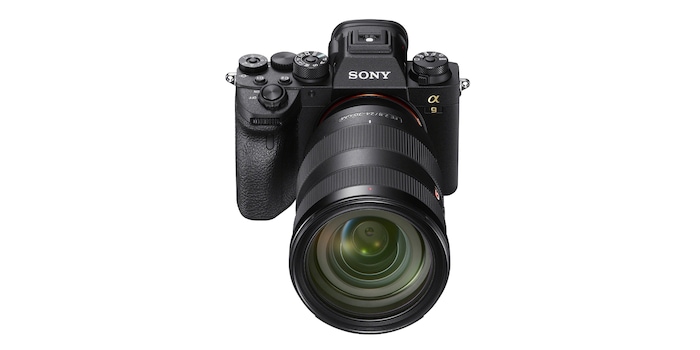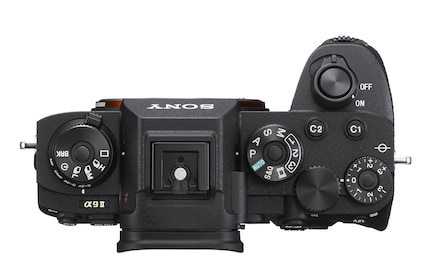

Sony Alpha 9 II: Sports and action camera with Ethernet connection
The Alpha 9 sports and action camera is the fastest horse in Sony's stable. In the revised successor Alpha 9 II, connectivity has been greatly improved and the housing optimised, among other things.
Sony has unveiled the Alpha 9 II. Like its predecessor, the Alpha 9, it is a camera specialising in sports, action and lowlight. It is expected to be available from the end of October. The A9 will remain on sale as a cheaper alternative for the time being.

The sensor with 24 megapixels and the speed remain the same: 20 images per second with electronic shutter, continuous shooting, 60 exposure and focus calculations per second.
New, however, is the following:
- The continuous shooting speed with mechanical instead of electronic shutter is 10 frames per second, which is about twice as high as the Alpha 9. In addition, the new shutter is said to cause hardly any vibrations and is very durable.
- Autofocus, scene recognition and the image processor (Bionz X) have been improved. The AF module with 693 phase detection autofocus points and 425 contrast autofocus points are the same as the previous model. According to Sony, the autofocus can track the subject even when shooting continuously with an aperture value greater than F16, providing greater accuracy when shooting at slower shutter speeds.
- Improved connectivity: Ethernet Gigabit connection, file transfer with SSL or TLS encryption, WLAN now also with 5 GHz in addition to 2.4 GHz. The camera supports the WLAN standards IEEE 802.11a/b/g/n/ac.
- Revised housing: The seals on all joints of the camera housing as well as on the cover of the battery compartment and the media connection have been reinforced. The grip has also been redesigned. There have also been various minor changes to the buttons, such as the exposure compensation lock button.
- An anti-flicker mode that automatically recognises neon lighting or other artificial light sources and makes appropriate adjustments.

My interest in IT and writing landed me in tech journalism early on (2000). I want to know how we can use technology without being used. Outside of the office, I’m a keen musician who makes up for lacking talent with excessive enthusiasm.